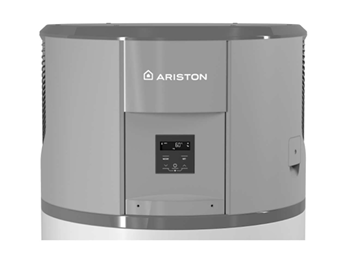On this page
About DEHP
DEHP is a commonly used plasticiser that is used to make plastics such as polyvinyl chloride (PVC) soft and flexible.
DEHP is a chemical identified by the unique Chemical Abstracts Service (CAS) number 117-81-7. It is also called:
- diethylhexyl phthalate
- di(2-ethylhexyl) phthalate
- bis(2-ethylhexyl) phthalate.
Materials such as metal, wood, glass, ceramic, natural fibre fabrics and hard rigid plastics don’t contain DEHP.
Risks and injuries from the product
There is a risk of reproductive toxicity for children up to 36 months of age. This can occur if they chew and suck objects containing DEHP for more than 40 minutes a day.
Products the ban applies to
Plastic products that meet 3 criteria
This permanent ban prohibits the supply of plastic products that meet all 3 criteria.
- The product is intended for use by children up to and including 36 months of age
- The product contains or has an accessible component containing more than 1% by weight of DEHP
- It's a product that children up to and including 36 months of age can easily chew or suck.
Only products or parts that are made from soft flexible plastic or foamed plastic will potentially contain DEHP.
Types of products
The ban includes the following toys and products for children, when they meet the 3 criteria for this ban.
Toys
- bath toys
- bats and balls such as imitation, miniature or novelty versions of sporting goods
- dolls, cars, trains, dress ups and blocks
- PVC squeeze toys such as plastic ducks
- plastic figures
- inflatable toys and balls other than those for assisting a supervised child to float or swim in water
- baby activity centres and gyms
- musical instruments
- developmental and educational toys for young children
- soft books and bath books
- toys or accessories intended to hang from, or attach to, larger toys and childcare articles.
Child care and soothing products
- dummies
- pacifiers
- teething rings
- teething rails
- rattles
- bibs
- gum soothers
- comforting objects.
Feeding and eating products
- feeding bottles
- sip or sucking cups
- bowls
- plates
- cutlery.
View the full details of this ban at Consumer Protection Notice No. 11 of 2011.
Products the ban does not apply to
The permanent ban doesn't apply to these products as children up to and including 36 months of age are less likely to suck or chew on them for long:
- clothing and footwear
- sporting goods
- flotation aids and aquatic toys for assisting a supervised child to float or swim in water
- second-hand goods
- large toys such as cubby houses, slides and swings
- childcare articles with restraints to hold the child such as change tables, prams and car seats
- eating vessels and utensils for older children and adults
- single use disposable cutlery.
How to comply with the ban
Check for appropriate age labelling
Under the ban, toys labelled as not suitable for children up to and including 36 months of age aren’t covered if the age labelling is appropriate for the product.
You can find guidance for establishing age grades of toys in:
- Annex B of AS/NZS ISO 8124.1:2002 Safety of Toys
- the United States Consumer Product Safety Commission (CPSC) Age Determination Guidelines: Relating Children's Ages To Toy Characteristics and Play Behaviour—September 2002, which is available free of charge from the United States Consumer Product Safety Commission (CPSC) website.
Make sure weight is tested correctly
The concentration limit of 1% of the weight equates to a maximum limit of 10,000 milligrams per kilogram (mg/kg).
When a product is made from more than one component, the 1% weight concentration limit applies only to the component that may contain DEHP.
Internal parts of the product that children can’t suck or chew aren’t included in determining the 1% by weight concentration limit for DEHP.
Penalties for supplying banned products
Supplying a banned product can result in the ACCC taking action. This may result in a:
- fine
- court enforceable undertaking
- disqualification from being a company director
- court action with penalties
- product recall.











